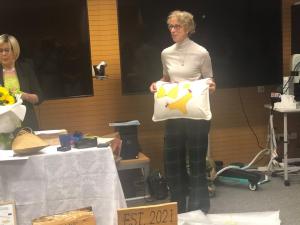Joan Miles looks back on 20 years with BreastScreen South
At the end of March, Joan Miles retired after 20 years with BreastScreen South. She looks back at how things used to be, the challenges, and some of the great achievements.
When I started in March 2001 neither the National Screening Unit (NSU) nor the BreastScreen Aotearoa National Policy and Quality Standards existed. We had the Interim Operating Standards which we knew as ‘the Bible’.
BreastScreen South was just over two years old. I was fortunate that the programme had been well set up by the original clinical director Dr Richard Chisholm, lead provider manager Mhairi Porteous and data manager Sinead Knoyle.
BreastScreen South is a private, not-for-profit organisation and at that stage we had four directors, two radiologists and two GPs. Through this team, we had good governance with a strong emphasis on working with GPs.
We were the first programme to appoint a GP liaison person – Marg Hudson – who set new ground in working with GPs and Med Tech in creating ‘query builds’ to identify new enrolments.
When I started coverage for ‘Other’ women was already at 70 percent thanks to the work Pegasus Health had done in providing free mammograms for women aged 50–65 years.Coverage for Māori and Pacific women was 40 percent; increasing those rates was a huge and vitally important challenge.
BreastScreen South had recently had a hui with the Māori community and was given advice to take the mobile unit to the local marae. We did this in July 2001, with 30 percent utilisation. We continued, and it was one of the strategies that proved successful for us.
When I started I knew nothing about health promotion. I just knew about setting targets. I was fortunate in that we appointed a health promoter, Hinarata Campin, who also knew nothing about health promotion but knew heaps about door knocking! We set to work; with me on production planning, working out how many screens and new enrolments we needed each month to reach target; and Hinarata out networking (door knocking). We set a three-year target, and in 2004 we were recognised as the first breast screening programme in the world to reach coverage for their indigenous population. As a result, Hinarata and I were invited to speak at the health promotion world conference in Vancouver.
In 2004, age extension of the programme took place, and like the rest of Aotearoa we dropped in coverage for our Māori and Pacific women.
One of the things I loved about the role over this time was that Maddy Wall was appointed as the first clinical lead, and the NSU produced six-monthly monitoring reports. Maddy would visit all lead providers to discuss their results. We would meet to review BreastScreen South’s performance. It was a great learning opportunity.
When the opportunity arose to become involved in breast screening in the Otago-Southland region, I jumped at it and on 1 August 2015 BreastScreen Otago Southland was created. In the last five years there have been lots of challenges for BreastScreen South and BreastScreen Otago Southland, which we have worked on together, under ScreenSouth Ltd. Also in 2015, we were joined by the regional cervical screening programme for Canterbury and South Canterbury.
In 2019 it became the first breast screening programme to pilot contacting women by text messaging to provide routine rescreening results; leading the way for other providers to use this technology. In 2020 it was the first breast screening programme to text message appointments for rescreen women. The 20 years have raced by. There’s lots more I would like to achieve, but I am proud of what we have achieved. I am grateful for the amazing ScreenSouth team I have worked with, the excellent staff at our screening and assessment sites and for the support and friendship of the lead provider managers and the NSU staff. While I am sad to leave, I am grateful for the experience and excited about retiring. Aroha.


